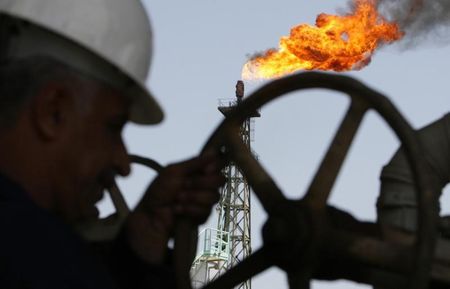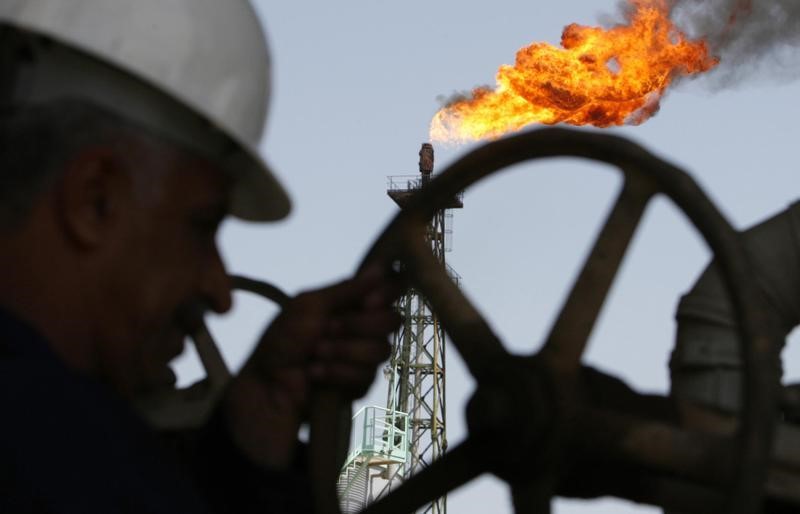Commodities
Oil prices inch up after bruising week; Gaza ceasefire, rate cuts in focus


© Reuters.
Investing.com– Oil prices rose slightly in Asian trade on Monday and were nursing steep losses from the prior week amid waning hopes of early interest rate cuts in the U.S., while focus remained on any talk of a ceasefire in the Israel-Hamas war.
Rumors of a potential ceasefire in the war had dented oil prices over the past week, given that potential disruptions to supply, arising from the conflict, were a key point of support for crude prices.
But no truce materialized over the weekend, while clashes between Israeli and Hamas forces continued. Tensions in the Red Sea- between U.S.-led forces and the Iran-aligned Houthi group, also remained in play, as the latter threatened more strikes against vessels in the region.
expiring in April rose 0.4% to $77.61 a barrel, while rose 0.3% to $72.53 a barrel by 21:03 ET (02:03 GMT). Both contracts slid more than 7% each last week.
Dollar strength, Powell comments weigh
Oil prices were pressured by strength in the , which crept higher on Monday after a strong bounce on Friday. data showed the U.S. labor market was running much hotter than expected, which in turn gives the Fed more headroom to keep rates higher for longer.
Adding to this notion, , in an interview with CBS, reiterated his message that the central bank will not cut interest rates in the near-term. Powell said that the Fed will seek clearer signs of easing inflation and a cooling labor market before unwinding policy, although policymakers will eventually cut interest rates this year.
Powell’s comments, and the strong labor market data, factored into concerns that higher-for-longer interest rates will chip away at global oil demand in the coming months.
But the Fed Chair also signaled that the U.S. economy remained strong, and that a recession seemed unlikely. This bodes well for demand in the world’s largest fuel consumer, especially if interest rates begin declining later this year.
But in the near-term, U.S. fuel demand is expected to remain under pressure from adverse weather conditions across the country.
Elsewhere, a from China showed that service sector activity grew less than expected in January. The reading, which comes after weak official data last week, brewed more concerns over a sluggish economic recovery in the world’s largest oil importer.
, for January, is due later this week. The inflation data is due just a day before the start of a week-long holiday in the country for the Lunar New Year.
Commodities
Oil prices rise; U.S. crude inventories plunge, Russia-Ukraine truce eyed
Commodities
India’s Reliance to stop buying Venezuelan oil over US tariffs, sources say
Commodities
Oil prices climb on Venezuela supply worries

 Forex3 years ago
Forex3 years agoForex Today: the dollar is gaining strength amid gloomy sentiment at the start of the Fed’s week

 Forex3 years ago
Forex3 years agoUnbiased review of Pocket Option broker

 Forex3 years ago
Forex3 years agoDollar to pound sterling exchange rate today: Pound plummeted to its lowest since 1985

 Forex3 years ago
Forex3 years agoHow is the Australian dollar doing today?

 Cryptocurrency3 years ago
Cryptocurrency3 years agoWhat happened in the crypto market – current events today

 World3 years ago
World3 years agoWhy are modern video games an art form?

 Commodities3 years ago
Commodities3 years agoCopper continues to fall in price on expectations of lower demand in China

 Economy3 years ago
Economy3 years agoCrude oil tankers double in price due to EU anti-Russian sanctions

































